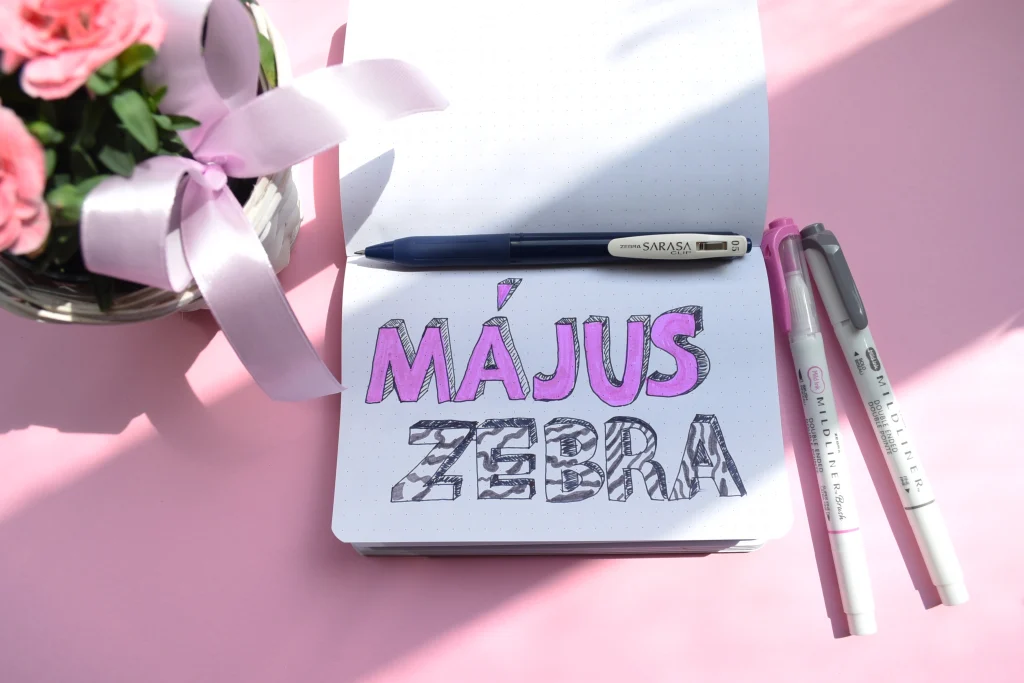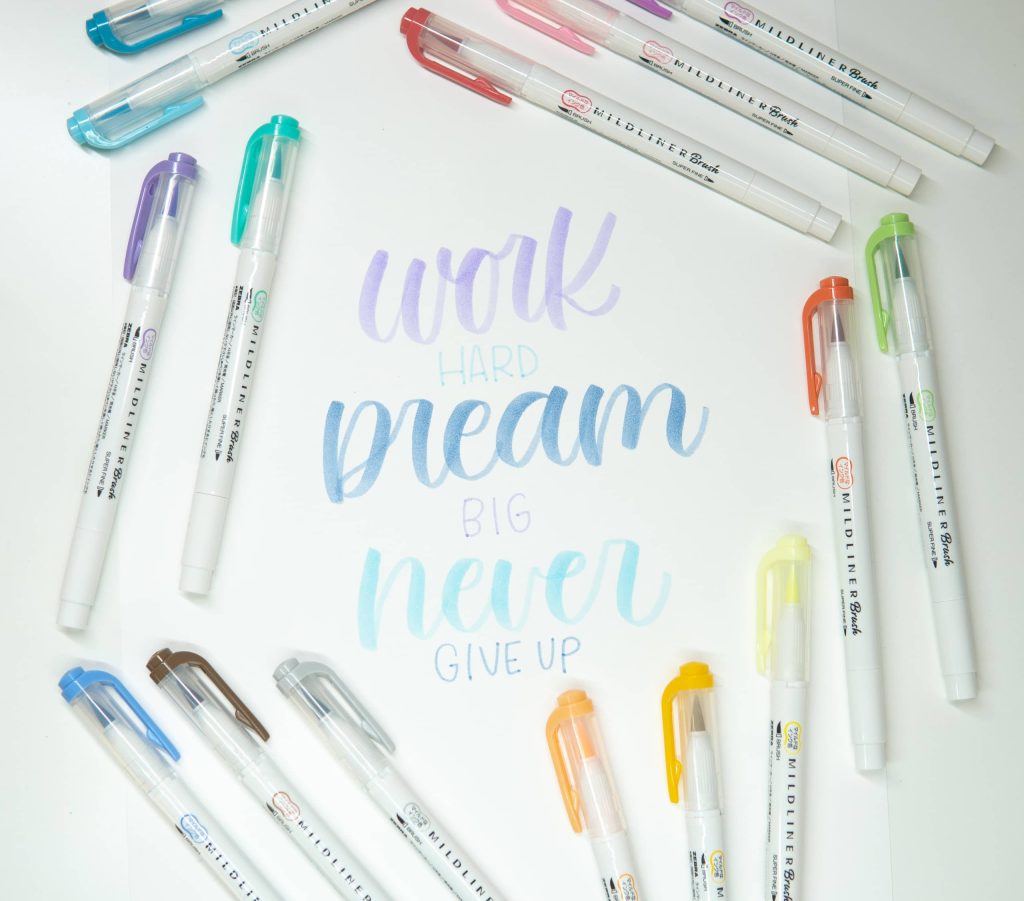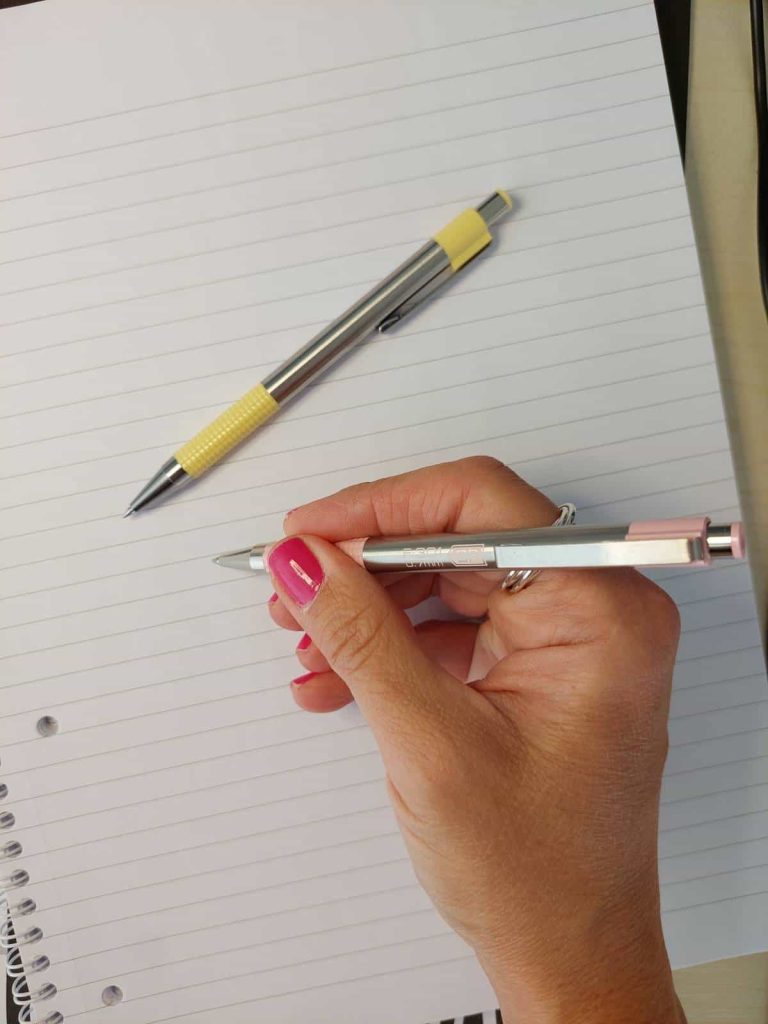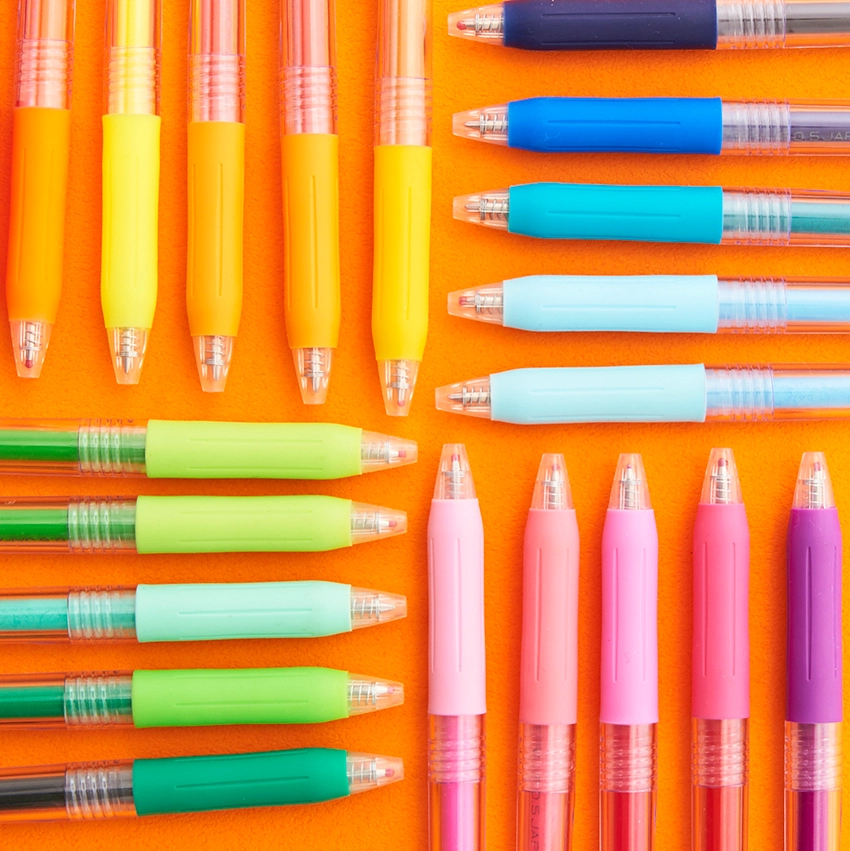In as we speak’s fast-paced digital world, the artwork of penmanship types stays a testomony to human creativity and expression. From the sleek curves of historic scripts to the sensible simplicity of recent handwriting types, penmanship has developed alongside cultural shifts and technological developments. Let’s delve into the wealthy historical past, various types, and enduring significance of penmanship—from its classical origins to its modern variations.
The ZEBRA group collected all it’s essential find out about penmanship.
The Artwork of Penmanship
Penmanship, the talent of writing by hand with a writing instrument, encompasses a wide range of types and strategies. It consists of print, cursive, and calligraphy, every with its personal distinct traits and cultural heritage. Past its sensible operate, penmanship is a type of private expression that may convey emotion, persona, and professionalism.
Cognitive Improvement
Good penmanship types transcend mere legibility—it fosters cognitive growth, enhances nice motor expertise, and aids in reminiscence retention. Analysis means that youngsters who observe handwriting frequently exhibit improved studying comprehension and spelling talents. Furthermore, in skilled settings, clear and aesthetically pleasing handwriting can go away an enduring impression, underscoring its significance in communication.
The Historical past of Penmanship
Traditionally, penmanship types weren’t solely a sensible talent but in addition a mark of schooling and refinement. In outdated civilizations, from the east to Mesopotamia and Egypt, writing techniques developed from pictographs to alphabets, laying the inspiration for various historic calligraphy worldwide. In medieval Europe, monks meticulously copied manuscripts in a script referred to as Carolingian minuscule, preserving information and tradition by means of fantastically crafted texts.
As societies superior, so too did the instruments and strategies of penmanship. The invention of the quill and parchment revolutionized writing within the Center Ages, whereas the Renaissance witnessed a resurgence of curiosity in classical Roman scripts. The 18th and Nineteenth centuries noticed the event of stylish handwriting types like Spencerian and Copperplate, which had been used for formal correspondence and authorized paperwork, reflecting the refinement and etiquette of the period.
Traditional penmanship types
Traditional penmanship types characterize a pinnacle of creative and cultural expression, characterised by their intricate particulars and refined aesthetics. Spencerian Script, developed by Platt Rogers Spencer within the mid-Nineteenth century, embodies the sleek spirit of Victorian-era America with its flowing strains and elaborate capitals. This script turned synonymous with sophistication and was extensively adopted for enterprise correspondence and authorized paperwork, reflecting an period of class and meticulous craftsmanship.
Copperplate Script, also referred to as English Roundhand, emerged in the course of the sixteenth century and flourished within the 18th century. Its hallmark lies within the distinction between thick downstrokes and delicate upstrokes, making a visually hanging look best for formal invites and prestigious manuscripts. This fashion epitomizes the artistry and precision demanded by aristocratic society, the place handwriting served as a mark of standing and refinement.
The Palmer Technique, launched by A. N. Palmer within the late Nineteenth century, revolutionized handwriting schooling in America by emphasizing fast, muscular motion to boost writing velocity and effectivity. This technique standardized penmanship types directions throughout colleges, leaving an everlasting influence on American schooling all through the twentieth century. Its sensible strategy not solely improved legibility but in addition promoted the event of private fashion inside a structured framework.
In as we speak’s digital age, whereas applied sciences reshape communication strategies, basic penmanship types endure as a testomony to custom and private expression. Their legacy lives on by means of fashionable variations that proceed to counterpoint academic curricula and creative pursuits, bridging previous and current within the timeless artwork of handwriting.
Up to date Penmanship Types
Within the twenty first century, penmanship types have undergone important transformations to align with fashionable academic practices and communication wants. Whereas digital applied sciences have revolutionized how we write and transmit data, handwriting stays a elementary talent valued for its cognitive advantages and intimate connection.
D’Nealian Script
Developed in 1978 by Donald Neal Thurber, D’Nealian Script represents a bridge between manuscript (print) and cursive handwriting. Its distinctive characteristic lies in its slanted letters and steady strokes, designed to facilitate a smoother transition from printing to cursive writing. This fashion is especially in style in elementary schooling curricula, the place it aids in growing nice motor expertise and prepares college students for extra fluid handwriting.
D’Nealian Script’s emphasis on slanted letters encourages a pure movement between letters, enhancing readability and aesthetic enchantment. By incorporating steady strokes, the place letters inside phrases stay linked, D’Nealian Script promotes effectivity in writing with out sacrificing legibility. This strategy not solely simplifies studying for younger college students but in addition helps the event of a constant, private handwriting fashion.
Zaner-Bloser Script
Created by the Zaner-Bloser firm, Zaner-Bloser Script represents a streamlined strategy to penmanship, specializing in readability and legibility. This fashion eliminates ornate thrives in favor of clear, simple letterforms, making it extremely appropriate for academic settings the place environment friendly communication is paramount.
Zaner-Bloser Script’s emphasis on clear letter shapes and uniformity enhances readability, significantly for early learners mastering fundamental writing expertise. By minimizing complexity and maximizing consistency, this fashion facilitates fast mastery of letter formation and promotes confidence in written communication. Zaner-Bloser Script continues to be extensively adopted in elementary teaching programs, offering college students with a stable basis in legible handwriting that helps educational success and private expression.
Getty-Dubay Italic
Getty-Dubay Italic represents a contemporary reinterpretation of conventional italic handwriting, developed by Barbara Getty and Inga Dubay. This fashion is characterised by its use of straightforward oval shapes and straight strains, emphasizing pure, rhythmic writing that’s each elegant and practical. Getty-Dubay Italic serves as a gateway to calligraphy and creative lettering, interesting to fans searching for to boost their handwriting expertise past on a regular basis communication.
The simplicity and fluidity of Getty-Dubay Italic promote ease of studying and creativity in writing. By specializing in fundamental geometric types and inspiring a constant slant, this fashion facilitates expressive handwriting that retains legibility and aesthetic enchantment. Getty-Dubay Italic’s integration of creative parts encourages people to discover their distinctive handwriting fashion, fostering a way of private creativity and satisfaction in penmanship.
The Position of Penmanship Types within the Digital Age
In an period the place keyboards, touchscreens, and voice recognition dominate communication, the position of penmanship types has developed whereas retaining its enduring relevance and significance. Handwriting engages distinct cognitive processes in comparison with typing, selling creativity, essential pondering, and emotional expression in distinctive methods. Research persistently present that college students who take notes by hand usually exhibit higher comprehension and retention of data, highlighting the cognitive advantages of penmanship types in schooling.
Private Contact
The act of handwriting embodies a private contact that digital communication usually lacks. Whether or not it’s composing a heartfelt thank-you word, crafting a sublime invitation, or jotting down private reflections in a journal, handwritten messages resonate on a deeper emotional degree. The tactile expertise of pen on paper fosters a way of connection and authenticity, forging bonds and preserving recollections in a tangible kind that digital mediums wrestle to copy. Calligraphy pens and inks can actually assist to convey out your private fashion.
Evergreen Penmanship
As expertise advances, the appreciation for penmanship types—each basic and modern—stays steadfast. Whereas digital instruments improve effectivity and accessibility in communication, handwritten communication endures as a cherished artwork kind. Every penmanship fashion, from the elegant curves of Spencerian Script to the sensible readability of Zaner-Bloser, gives a singular avenue for private expression and creativity. By exploring and mastering these types, people domesticate their distinctive voice, contributing to a richer tapestry of human communication and creativity.
In academic settings, handwriting stays important for growing nice motor expertise, spatial consciousness, and cognitive processing. Writing by hand permits people to decelerate, have interaction extra deeply with their ideas, and categorical themselves with nuance and element. This tactile engagement with writing supplies stimulates sensory pathways within the mind, enhancing studying and retention.
Authenticity
Moreover, handwritten paperwork convey authenticity and sincerity, whether or not in private correspondence or skilled contexts. The trouble and care invested in handwritten communication signify respect and consideration for the recipient, fostering stronger interpersonal connections. In fields reminiscent of artwork, design, and calligraphy, mastering penmanship types serves as a basis for artistic exploration and innovation, mixing custom with modern aesthetics.
The enduring enchantment of penmanship types lies in its means to bridge generations and cultures by means of the common language of written expression. Whether or not in school rooms, boardrooms, or private interactions, the artwork of handwriting continues to captivate and encourage, preserving the timeless essence of human communication amidst technological developments. By embracing and celebrating penmanship, people affirm its intrinsic worth as a type of private id, creative expression, and cultural heritage in an more and more digital world.
Traditional and Up to date Penmanship
Penmanship types proceed to evolve, adapting to altering occasions whereas preserving the artistry and custom of handwritten communication. Whether or not writing with precision in Copperplate or embracing the simplicity of Zaner-Bloser Script, every penmanship fashion displays a singular mix of historical past, tradition, and private expression. As expertise advances, allow us to have a good time the enduring legacy of penmanship, cherishing its position in schooling, communication, and private achievement. Discover the artwork of penmanship, uncover your distinctive fashion, and let your handwriting be a testomony to creativity and connection within the digital age. Choosing the proper pen to your endeavors is essential.
At ZEBRA, the standard of the merchandise is an important part when making stationery.










